The University of Michigan (U-M) has announced a transformative expansion of its flagship Go Blue Guarantee program, redefining the landscape of higher education affordability. Starting in fall 2025, this initiative will offer tuition-free education to full-time, in-state undergraduate students from families earning up to $125,000 annually, doubling the original income threshold established at the program’s inception. This expansion is set to benefit nearly 2,200 additional students across the university’s Ann Arbor, Dearborn, and Flint campuses, demonstrating U-M’s unwavering commitment to equitable access to education.
Since its launch in 2018, the Go Blue Guarantee has served as a beacon of opportunity for thousands of Michigan families. Designed to address the soaring costs of higher education, the program has consistently evolved to meet the financial challenges faced by students from diverse socioeconomic backgrounds. With the latest expansion, U-M reinforces its leadership in breaking down economic barriers, making a world-class education attainable for an even broader segment of the state’s population.
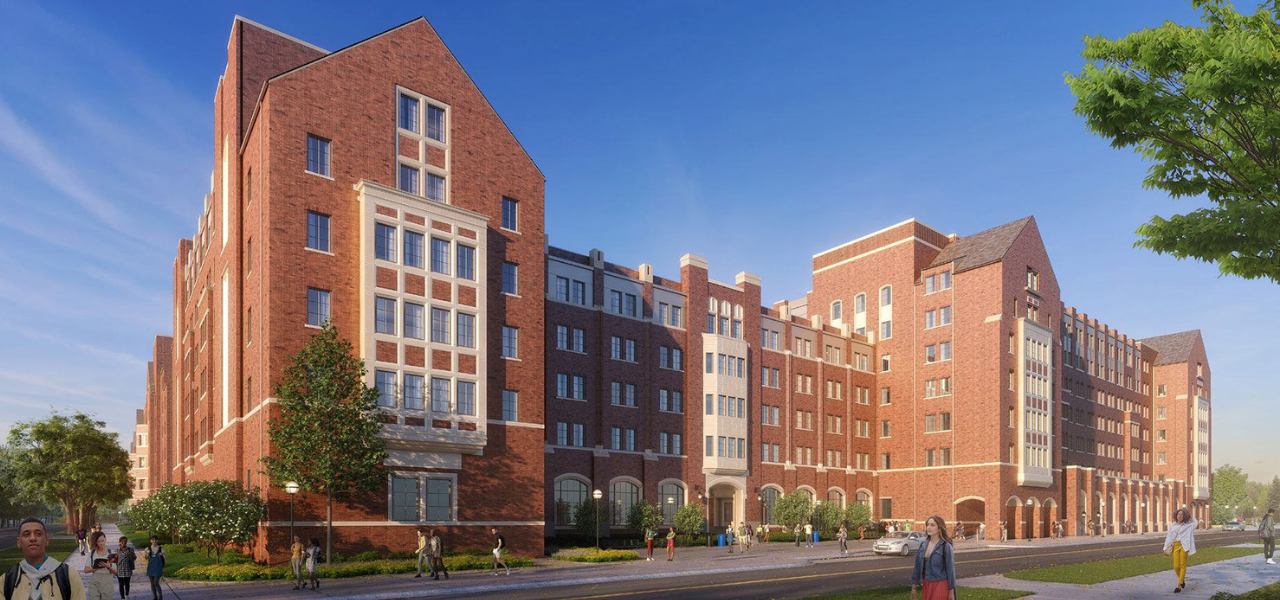 University of Michigan, Facebook
University of Michigan, Facebook
A Vision Realized: Tracing the Evolution of the Go Blue Guarantee
The origins of the Go Blue Guarantee can be traced to January 2018, when the program debuted at the Ann Arbor campus. At the time, it promised tuition-free education to in-state students from families earning $65,000 or less annually, with an asset cap of $50,000. Its success was immediate, addressing the financial concerns of students and families while positioning U-M as a trailblazer in higher education affordability.
In 2021, the program expanded to U-M’s Dearborn and Flint campuses, extending tuition-free opportunities to students at these regional institutions. However, this expansion included a unique academic requirement: eligible students needed to maintain a 3.5 grade-point average, emphasizing academic achievement alongside financial need.
Incremental adjustments followed in subsequent years. By 2023, the income threshold had risen to $75,000 at the Ann Arbor campus and was set to increase for new students at Dearborn and Flint in fall 2024. These enhancements paved the way for the 2025 expansion, which raises the income cap to $125,000, representing a nearly 67% increase and reflecting U-M’s commitment to keeping pace with the financial realities faced by Michigan families.
A Tangible Impact: Transforming Lives Through Financial Accessibility
The expanded Go Blue Guarantee is poised to have a profound impact on Michigan’s students and families, particularly as the cost of higher education continues to rise. According to the National Center for Education Statistics, the total cost of attending a four-year college—including tuition, fees, and living expenses—has increased by over 156% since the 1960s. In this challenging economic context, U-M’s initiative offers a much-needed lifeline.
For students at the Ann Arbor campus, where in-state tuition averages $17,700 per year, the Go Blue Guarantee eliminates one of the most significant barriers to higher education. With 63% of in-state undergraduates already receiving grants or scholarships, the program builds on an existing framework of support, ensuring that even more students can pursue their academic goals without the burden of overwhelming debt.
At the Dearborn and Flint campuses, the program’s impact is equally transformative. Both campuses serve a substantial population of first-generation college students and Pell Grant recipients—demographics that often face unique challenges in accessing higher education. By covering full tuition, the Go Blue Guarantee empowers these students to overcome financial obstacles, opening doors to opportunities that might otherwise remain out of reach.
The People Behind the Promise: Leadership Perspectives on the Expansion
The success of the Go Blue Guarantee would not have been possible without the vision and dedication of U-M’s leadership. University President Santa J. Ono has been a vocal advocate for the program, describing it as a cornerstone of U-M’s mission to provide equitable access to education. “The Go Blue Guarantee ensures that a world-class education is available to Michigan students from all backgrounds, no matter their family’s economic means,” Ono stated during the announcement of the program’s expansion.
Katherine E. White, Chair of the U-M Board of Regents, echoed this sentiment, emphasizing the program’s role in addressing economic disparities. “We want to ensure that working-class and middle-class Michiganders can send their children to this great university and benefit from all that it offers,” she remarked.
Chancellors from U-M’s regional campuses also highlighted the program’s transformative potential. UM-Dearborn Chancellor Domenico Grasso underscored its importance in changing the trajectory of students’ lives, particularly for those from underserved communities. Similarly, UM-Flint Chancellor Laurence B. Alexander emphasized the program’s role in empowering first-generation and transfer students to achieve their greatest potential.
.png) University of Michigan, Facebook
University of Michigan, Facebook
Beyond Tuition: A Comprehensive Approach to Financial Support
While the Go Blue Guarantee garners significant attention, it is only one component of U-M’s broader strategy to address affordability. The university is committed to meeting the full demonstrated financial need of in-state students at the Ann Arbor campus, extending substantial aid to families earning up to $180,000 annually. This approach ensures that financial barriers do not stand in the way of high-achieving students from diverse income brackets.
Additionally, the Dearborn and Flint campuses offer a wide range of merit- and need-based scholarships for students who may not qualify for the Go Blue Guarantee. These programs, tailored to the unique needs of each campus community, provide critical support to students pursuing their academic and professional aspirations.
U-M’s holistic approach to financial aid also addresses non-tuition expenses, such as housing, transportation, and textbooks. By offering a comprehensive suite of support services, the university ensures that students have the resources they need to succeed both academically and personally.
Charting a Path Forward: A National Model for Higher Education
The Go Blue Guarantee has established the University of Michigan as a leader in higher education affordability, offering a model for other institutions to emulate. By aligning its policies with the economic realities of its community, U-M demonstrates that bold, innovative programs can have a lasting impact on students’ lives.
The program’s expansion reflects a broader understanding of the role public universities play in fostering opportunity and equity. As Mark Bernstein, Vice Chair of the U-M Board of Regents, aptly stated, “This is an extraordinary commitment to the future of the state.” His words capture the essence of the Go Blue Guarantee—not just as a tuition program, but as a transformative investment in the people and communities of Michigan.
Building Bridges to Opportunity
As the University of Michigan prepares to implement the latest expansion of the Go Blue Guarantee, it cements its reputation as a champion of accessible, high-quality education. By doubling the income threshold for tuition-free eligibility, the university ensures that thousands more students can realize their dreams of earning a college degree without the financial strain that so often accompanies higher education.
This initiative is more than a response to rising education costs; it is a bold statement about the value of opportunity, equity, and inclusion. As the program continues to evolve, it will undoubtedly inspire other institutions to follow suit, proving that education is not just a privilege for the few but a right that belongs to all.

.47.png)





















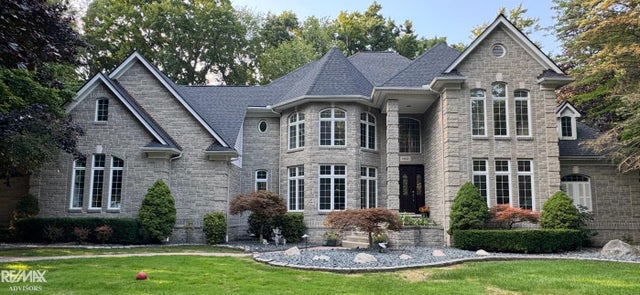







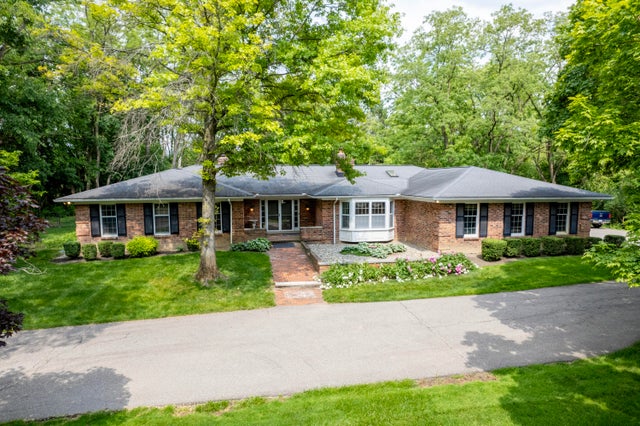
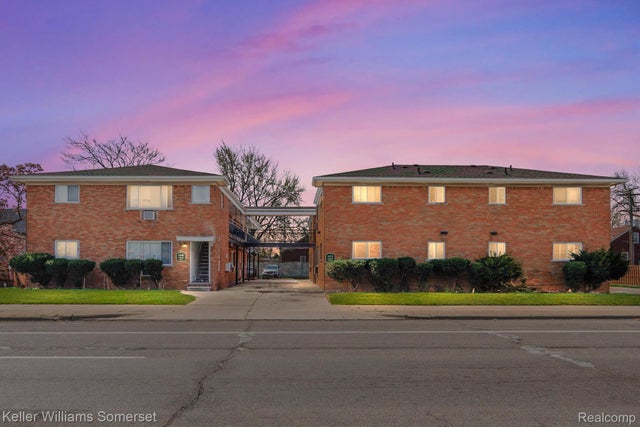




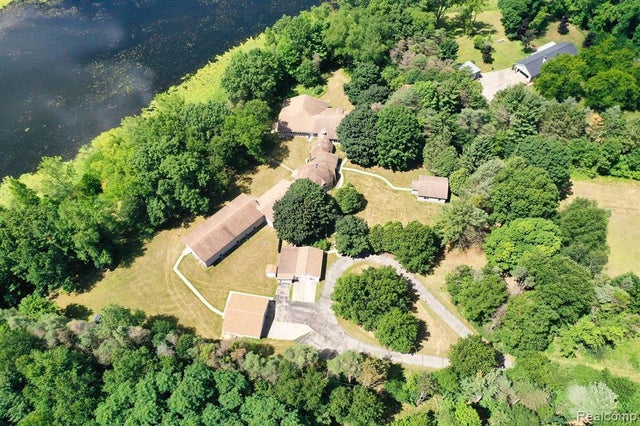





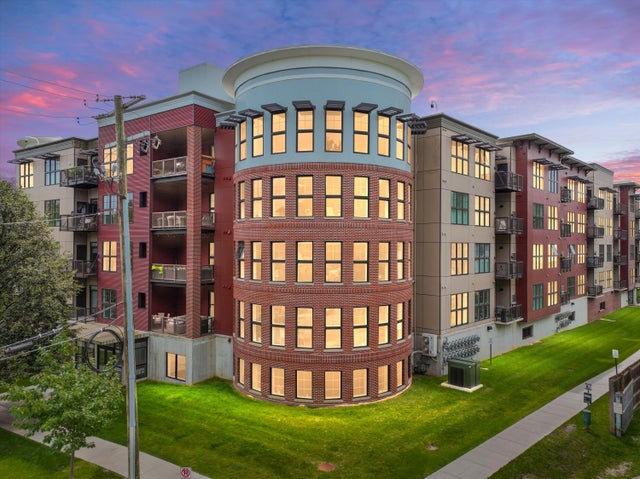



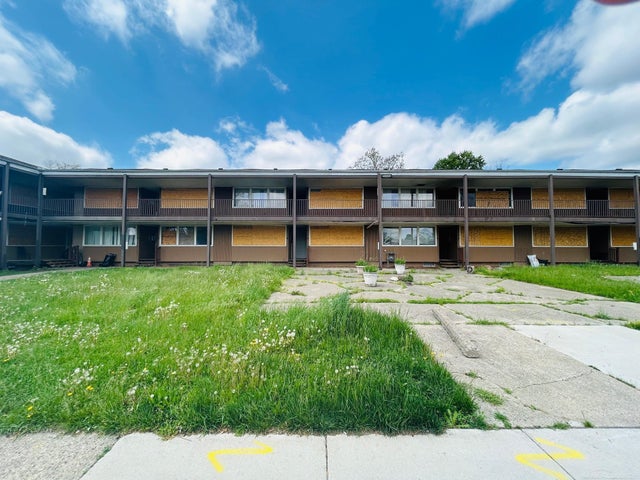

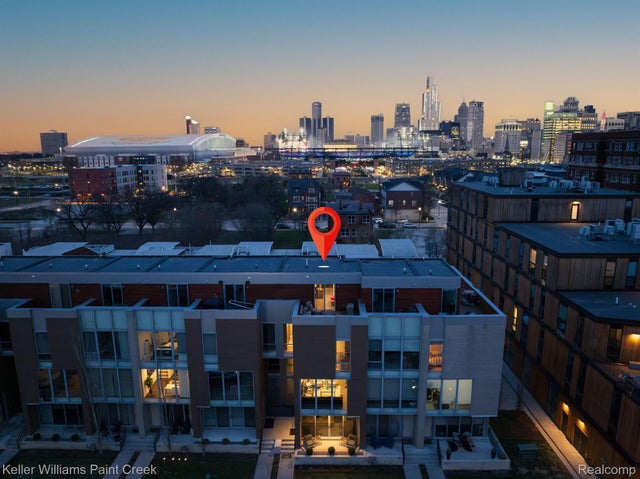



Leave A Comment